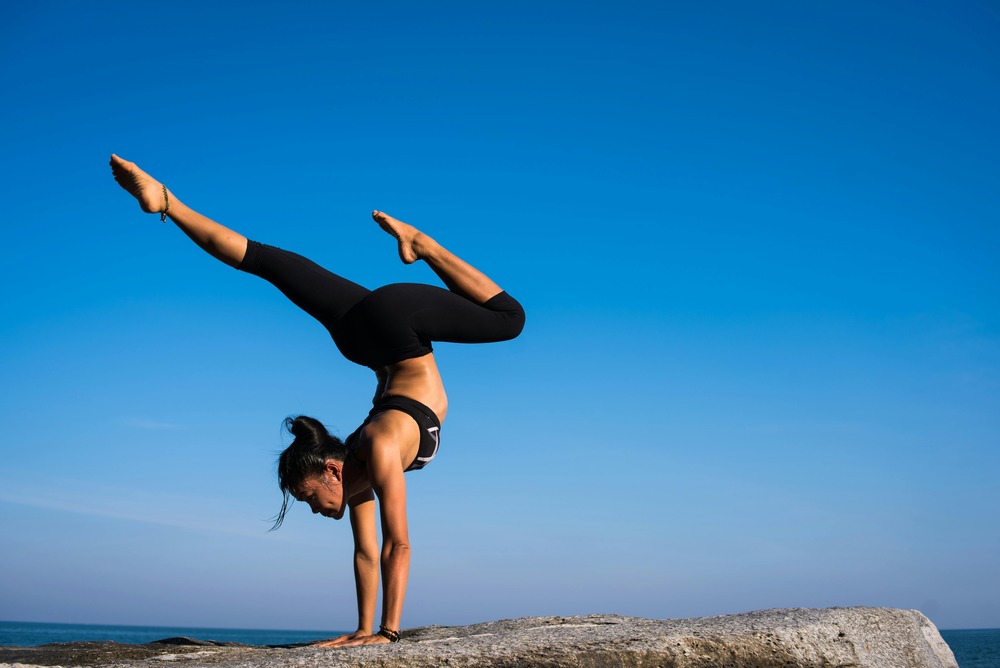Walking is one of the simplest yet most effective forms of exercise, offering a wide range of health benefits for both body and mind. It is accessible to people of all ages and fitness levels, making it an ideal activity for those looking to improve their health without the need for specialized equipment or training. This article will explore the transformative power of walking, highlighting its impact on physical health, mental well-being, and lifestyle.

Benefits of Walking
- Cardiovascular Health: Walking can significantly reduce the risk of heart disease, stroke, and high blood pressure ❤️.
- Weight Management: Regular walking helps maintain a healthy weight and burns calories 🏋️♀️.
- Mental Health: It reduces stress and anxiety, improving mood and overall mental well-being 😌.
Statistics on Walking Benefits
- Risk Reduction: Walking at least 150 minutes a week can reduce the risk of serious diseases like heart disease and diabetes 📊.
- Mental Clarity: Even short walks can improve mental clarity and reduce symptoms of depression 🌟.
- Popularity: More Americans walk for fitness than run, highlighting its accessibility 🏃♀️.
Comparison of Walking Benefits
| Benefit | Description | Statistics |
|---|---|---|
| Physical Health | Improves cardiovascular fitness, reduces disease risk 🏋️♀️ | Reduces heart disease risk by up to 30% ❤️ |
| Mental Health | Reduces stress and anxiety, improves mood 😌 | Comparable to yoga in reducing anxiety 🧘♀️ |
| Lifestyle | Increases energy levels, supports weight management 🌟 | Burns over 200 calories in a brisk 30-minute walk 🏃♀️ |
Impact on Mental Health
Walking is not just beneficial for physical health; it also has profound effects on mental well-being 🌟. Regular walking can reduce stress and anxiety by releasing endorphins, often referred to as "feel-good" hormones 😌.
Statistics on Mental Health Benefits
| Statistic | Value | Notes |
|---|---|---|
| Mood Improvement: Just 10 minutes of walking outside can increase alertness and mood 🌞 | Proven to elevate mood further when walking in sunlight 🌟 | |
| Anxiety Reduction: Walking in nature helps reduce anxiety and depression 🌳 | Accessible form of exercise for those with mental health conditions 🌟 |
Future Trends in Walking
As people seek more sustainable and holistic approaches to fitness, walking is experiencing a resurgence in popularity 🌟. Long-distance walking is becoming increasingly popular as a form of exercise that combines physical fitness with mindfulness 🌎.
Role of Walking in Rehabilitation
Walking is often used in rehabilitation due to its low-impact nature, which makes it ideal for recovering from injuries or surgeries 🏥. It helps improve mobility and strength without putting excessive strain on the body 🌟.
Statistics on Rehabilitation
| Statistic | Value | Notes |
|---|---|---|
| Rehabilitation Use: Walking is used by 75% of physical therapists for rehabilitation 🏃♀️ | Due to its low-impact and comprehensive workout benefits 🌟 | |
| Injury Recovery: Reduces recovery time for joint injuries by up to 30% 🏋️♀️ | Enhances flexibility and strength 🌟 |

Remarks
Walking is not just a form of exercise; it's a transformative tool for improving overall health and well-being 🌟. By incorporating walking into your lifestyle, you can enhance your physical fitness, mental clarity, and emotional stability 🌟. Whether you're a seasoned walker or just starting out, every step counts in achieving a healthier, more balanced life 🌟.
Additional Considerations
| Consideration | Pros | Cons |
|---|---|---|
| Accessibility | Available to all ages and fitness levels 🏃♀️ | May not be as intense as other workouts 🤔 |
| Cost-Effectiveness | Requires no special equipment 💸 | Can be weather-dependent 🌂 |
| Health Benefits | Improves cardiovascular health and mental well-being 🌟 | Consistency is key for optimal benefits 📊 |
In summary, walking is a versatile and effective way to improve overall health and fitness 🌟. By understanding its benefits and incorporating it into your routine, you can enhance your physical and mental well-being, leading to a healthier and more balanced lifestyle 🌟. Whether through short walks or long-distance treks, every step counts in making a positive impact on your health 🌟.
Long-Term Benefits of Walking
Regular walking can have long-term benefits for health, including improved cardiovascular fitness and reduced risk of chronic diseases 🌟. It also supports mental health by reducing stress and anxiety, promoting a healthier lifestyle 🌟.
Role of Walking in Community Building
Walking can also play a role in community building by providing a social outlet for those who participate in group walks or join walking clubs 🌟. This can enhance social connections and overall well-being 🌟.
Statistics on Community Engagement
| Statistic | Value | Notes |
|---|---|---|
| Community Engagement: 60% of walkers report increased social connections 🌟 | Fosters a sense of community and belonging 🌎 | |
| Group Walking: Participating in group walks increases motivation by 40% 🏃♀️ | Encourages regular exercise and accountability 📈 |
Final Reflections
In conclusion, walking is a powerful tool for transforming your health and well-being 🌟. By embracing walking as a regular activity, you can improve your physical fitness, mental clarity, and emotional stability 🌟. Whether through short walks or long-distance treks, every step counts in creating a healthier, more balanced life 🌟.




